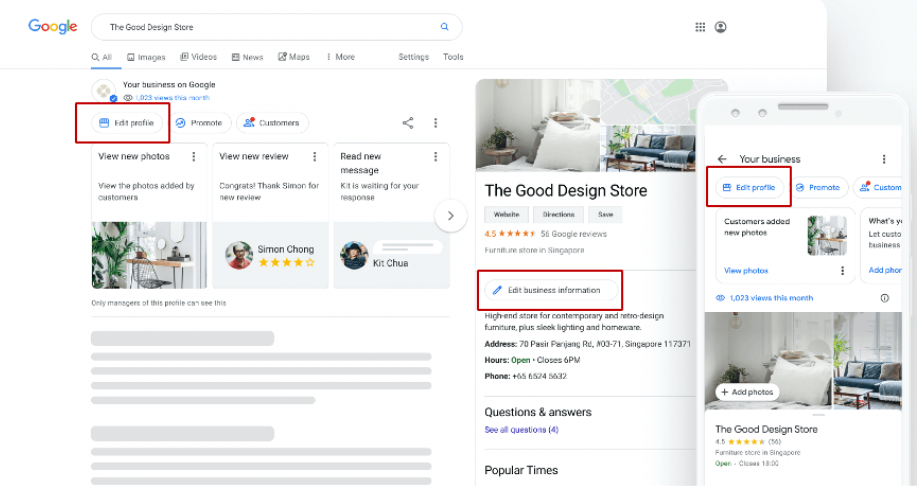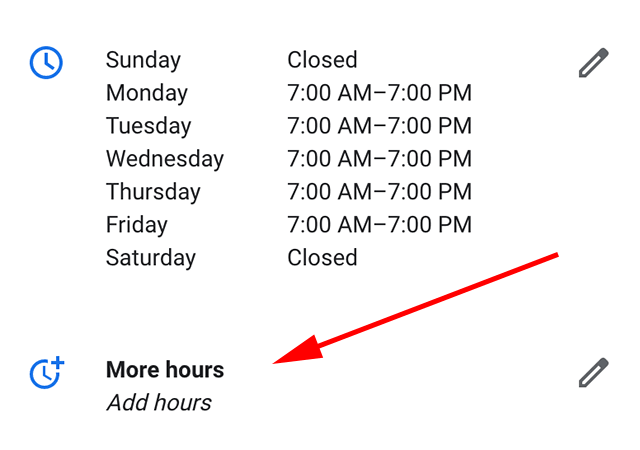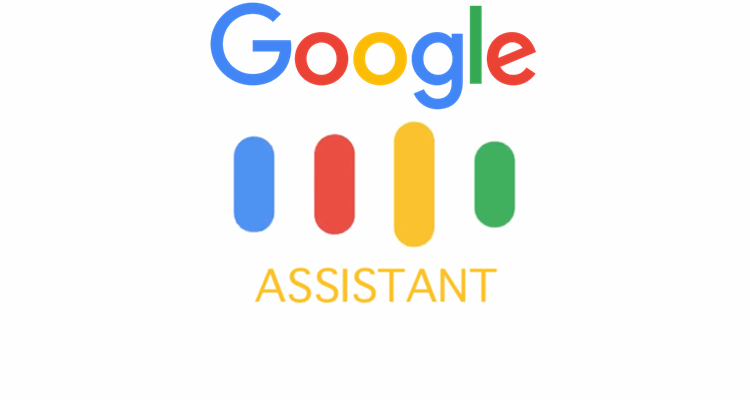I significant part of our job here at Marketing Type Guys is communicating with our clients about their Local SEO Campaigns or Pay-per-Click advertising. The trouble is we often find ourselves speaking a different language! In an effort to solve this, we share this list of terms:
301 Redirect: When moving a site or page from one location to another, a 301 redirect maintains traffic and established visibility despite a new URL. Search queries that once directed users to your old site will now focus on the new URL.
- Analytics: Website analytics tools, such as Google Analytics, are used to track various data about users on a website such as the number of visitors, where those visitors are coming from, and what they’re doing while on the site.
- Anchor Text: The clickable text within a link. This text links to another document or location on the web, and search engines use the text to determine the relevancy and subject matter of the linked-to document.
- Indexing: Indexing refers to the processes that search engines employ to crawl your website, store a copy of the pages in its database, and serve it up to users. After examining the content and data of your site, the search engine collects, parses, and stores your page(s). Until a web page is indexed, Google effectively doesn’t know it exists.
- Canonicalization: Having several URLs for a single page of web content often creates discrepancies in search engines, as the engine isn’t sure of which URL to display. According to Matt Cutts, head of Google’s Webspam team, “Canonicalization is the process of picking the best URL when there are several choices, and it usually refers to home pages.”
- CMS: Content management systems (CMS) provide the tools and applications necessary to create, edit, and publish web-based text and other multimedia options. Some popular management systems include WordPress, Drupal, and Joomla.
- Citation: In addition to links, your site’s visibility relies upon online references to your business’s name, address, and phone number (NAP). For citations to be effective, you must be certain the NAP information on your website perfectly matches the format of the published NAP on external web pages.
- Session: In short, a session is defined as the interactions users make when visiting your website, typically within a given time frame. A session begins when a user arrives at your website, and the session ends at the default time limit or when the user leaves.
- H1 Tag: The H1 tags in your posts and pages are important indicators that communicate the content on a page to search engines. A H1 tag acts as the main headline for a page. The H1 tags also assures users they are on the appropriate page, and positive user experience stands as an essential factor of website visibility.
- Title Tag: Because title tags define the title of a document in an accurate and concise manner, search engines place high importance on this information when determining the content of your site and its search ranking. The title tag also appears as the text in browser tabs, headline for search engine result listings, and some social media websites.
- Meta Description Tag: Meta description tags include snippets of text that provide a concise explanation of a web page’s content. Search engines use meta descriptions on search engine result listings as the description for the page, and therefore, webmasters can use their meta tags as a way to advertise the content on a page and gain higher click-throughs.
- Long Tail: Long tail keywords are phrases consisting of three or more words targeted at searchers who are looking for something specific. For example, instead of searching for “plumber” someone might perform a long tail search like “Leaky Faucet Repair in Conifer, CO” While long tail searches are fewer in number, they are much easier to target and convert into leads or sales. Amazon.com is a master of optimizing for long tail searches.
- Traffic: Search engines measure the traffic to your site through the number of visits your site receives, how long users spend on your site, the average number of pageviews per visitor, and so forth. Direct traffic refers to users who type your URL directly into their browser, while referral traffic showcases how many users visited your website based on external links. Organic traffic relates to visitors who found your site via a search engine.
- Call to Action: A quality website prompts users to follow, sign up for a newsletter, or most importantly, make a purchase. Call-to-action (CTA) buttons or links drive visitors to perform a desired action.
- Usability: The most visited and effective websites provide users with a pleasant, easy-to-navigate, and informative experience. This experience-based impact has direct results on your search ranking, and your site’s usability translates into signals of quality content and prominent linking patterns. Simply put–websites that people like to use perform better in every relevant way.
- SERP: SERP is an acronym meaning Search Engine Result Page. It’s the page you see when you perform a search on a search engine. The success of your company’s SEO efforts conform to the positions your site holds in SERPs. SEO strategies aim at putting your website at the top of the first page of search engine results for any of your strategically selected keywords.
- Conversion: Conversion refers to the desired actions visitors make on your web pages, such as making purchases, clicking on advertisements, or subscribing to a weekly newsletter. SEO may drive the traffic to your site, but conversion rate optimization (CRO) strategies take that traffic and turn it into something useful.
- Backlink: Also known as inbound or incoming links, backlinks are hyperlinks from an external website back to your site. Most search engine algorithms place significant importance on the quality, relevance, and number of websites linking to your own.
- Metric: A metric is any result SEO professionals consider when measuring the effectiveness of an SEO campaign. Rankings, traffic, backlinks, and conversions are all examples of SEO related metrics.
- Link Building: Link building is a SEO strategy to boost search rankings by acquiring backlinks. SEO experts utilize a variety of tactics, from creating links on websites to engaging in PR outreach with the goal of obtaining backlinks for their clients.
- Google Webmaster Tools: Google Webmaster Tools is free suite of tools from Google that allows you to check whether or not your website is showing up properly in the search engine, as well as get insights into other factors that impact your website’s performance.
- Content: Content on a web page includes text, images, videos, and anything else that visitors can consume. The content on a website is also the primary means by which a search engine can determine the subject matter of a website and its relevance to a particular keyword search, and this is why content is an important part of SEO.
Thank you to Josh Steimle and Forbes Magazine for helping with these definitions.

 301 Redirect: When moving a site or page from one location to another, a 301 redirect maintains traffic and established visibility despite a new URL. Search queries that once directed users to your old site will now focus on the new URL.
301 Redirect: When moving a site or page from one location to another, a 301 redirect maintains traffic and established visibility despite a new URL. Search queries that once directed users to your old site will now focus on the new URL.

